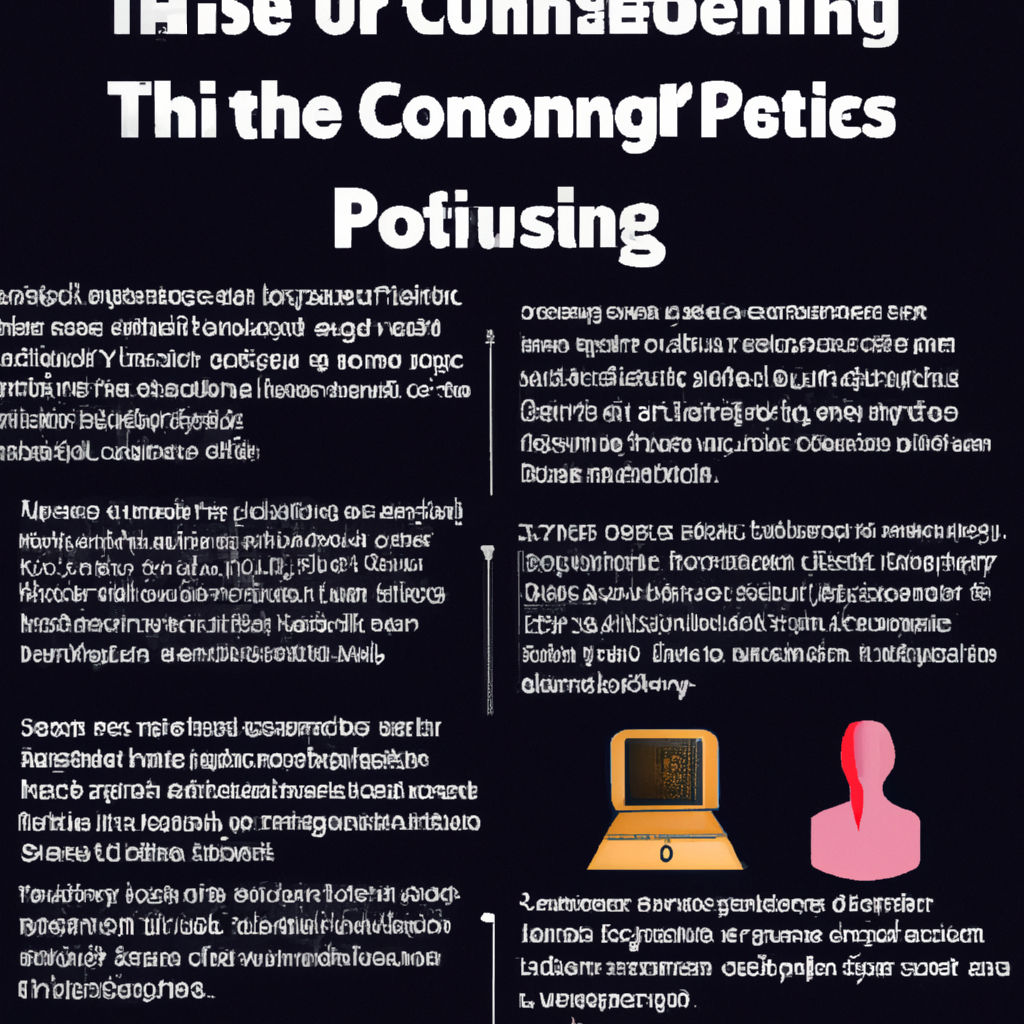

1. Black holes are fascinating objects in the universe that are little-understood. 2. These extremely dense objects are thought to be formed when massive stars collapse. 3. Black holes have a gravitational pull so strong that not even light can escape it. 4. Scientists believe there may be billions of black holes in the universe. 5. Some black holes are thought to power quasars, which are extremely bright objects. 6. Even though black holes cannot be seen directly, their effects can be observed on surrounding objects.

The article covers a few interesting facts about the internet, including the first microprocessor, personal computer, email, website, and online search engine.

Black holes are massive and dense objects with a gravitational field so strong that nothing can escape from them. They are thought to form when massive stars collapse in on themselves. Black holes can be destructive , pulling in matter and energy from anything that gets too close, but they can also be beneficial, acting as massive power sources for galaxies. Scientists are still learning a lot about black holes, and there is much still to be discovered.

Sofia Nguyen is a popular science YouTuber with over 1.5 million subscribers. Nguyen has a degree in chemical engineering and has worked as a research scientist. Nguyen started her YouTube channel in 2016 and has since uploaded over 300 videos. Nguyen's videos typically cover topics such as chemistry, physics, and biology. Nguyen has also appeared on popular science TV shows such as The Science Channel 's How the Universe Works. Nguyen has been interviewed by various media outlets such as The New York Times and The Verge.

Sugary drinks are a major contributor to the rising rates of type 2 diabetes, and people who consume more than two servings a day are at increased risk for developing the disease.

Around 10% of the world's population is left-handed, and they tend to be more dyslexic, have higher IQs, and be more creative and artistic. However, in some cultures left-handedness is considered unlucky.

The first computer was created in 1876, the first electronic computer in 1941, the first digital computer in 1936, the first microprocessor in 1971, and the first personal computer in 1975. The first laptop was created in 1981.

The history of personal computing is full of interesting facts, from the release of the first personal computer in 1975 to the first smartphone in 2007. Other noteworthy milestones include the first email (1971), website (1991), mp3 player (1998), and digital camera (1994).